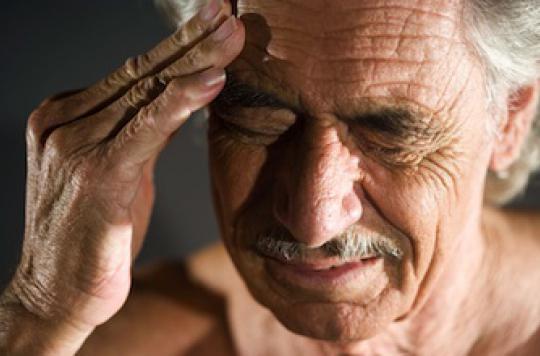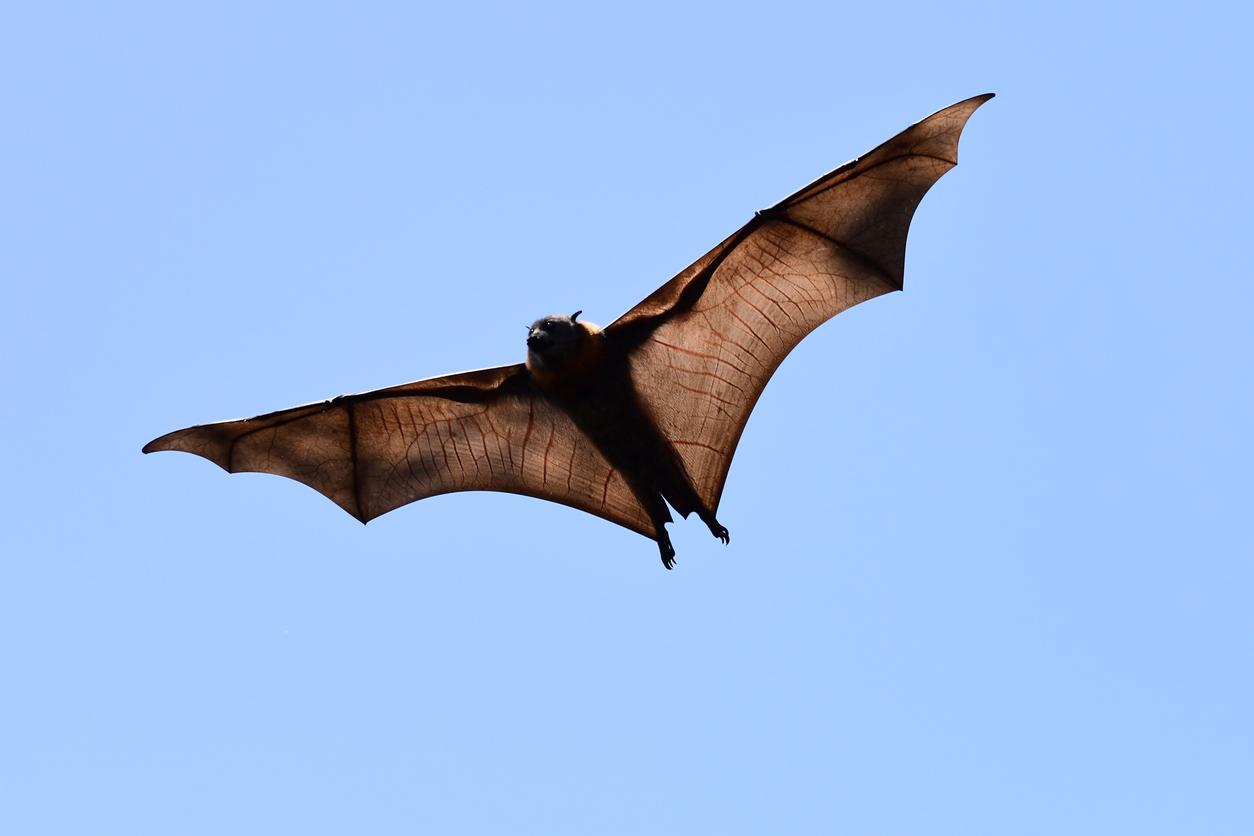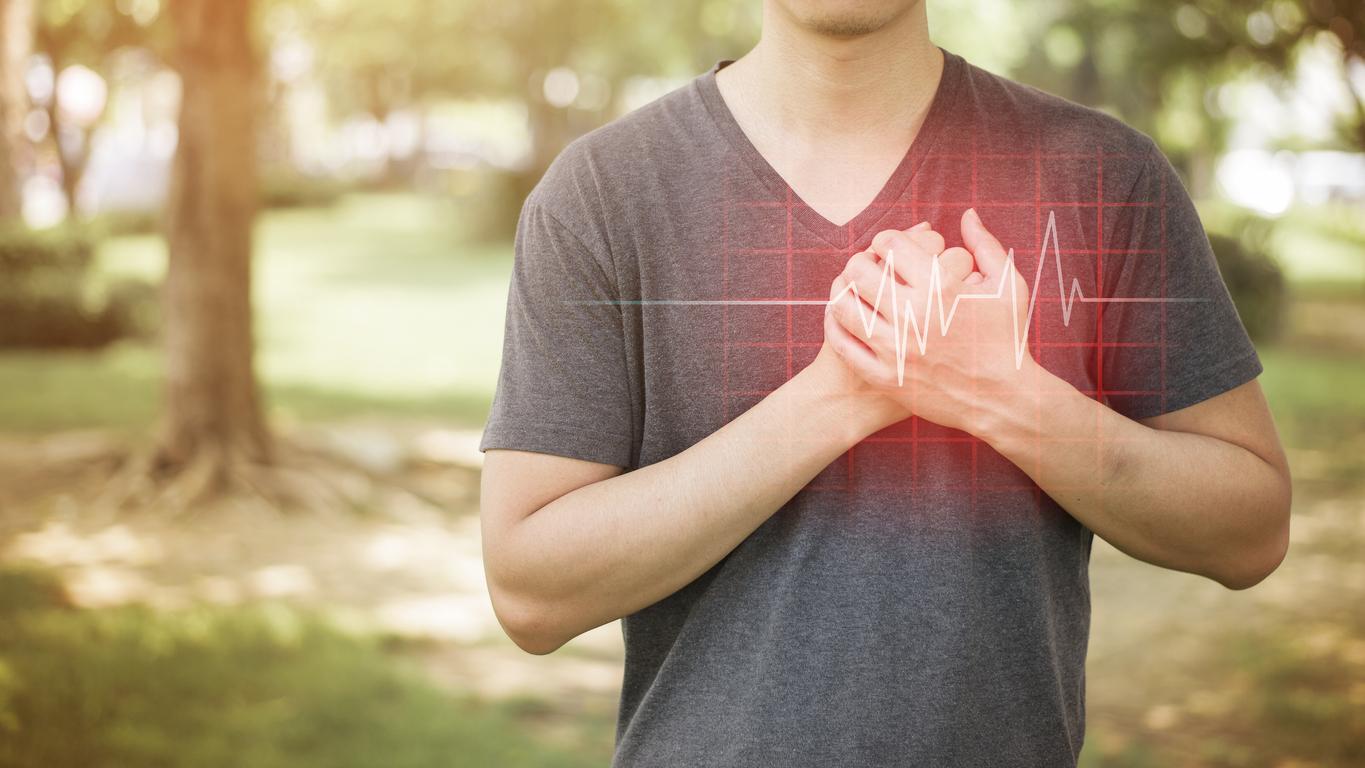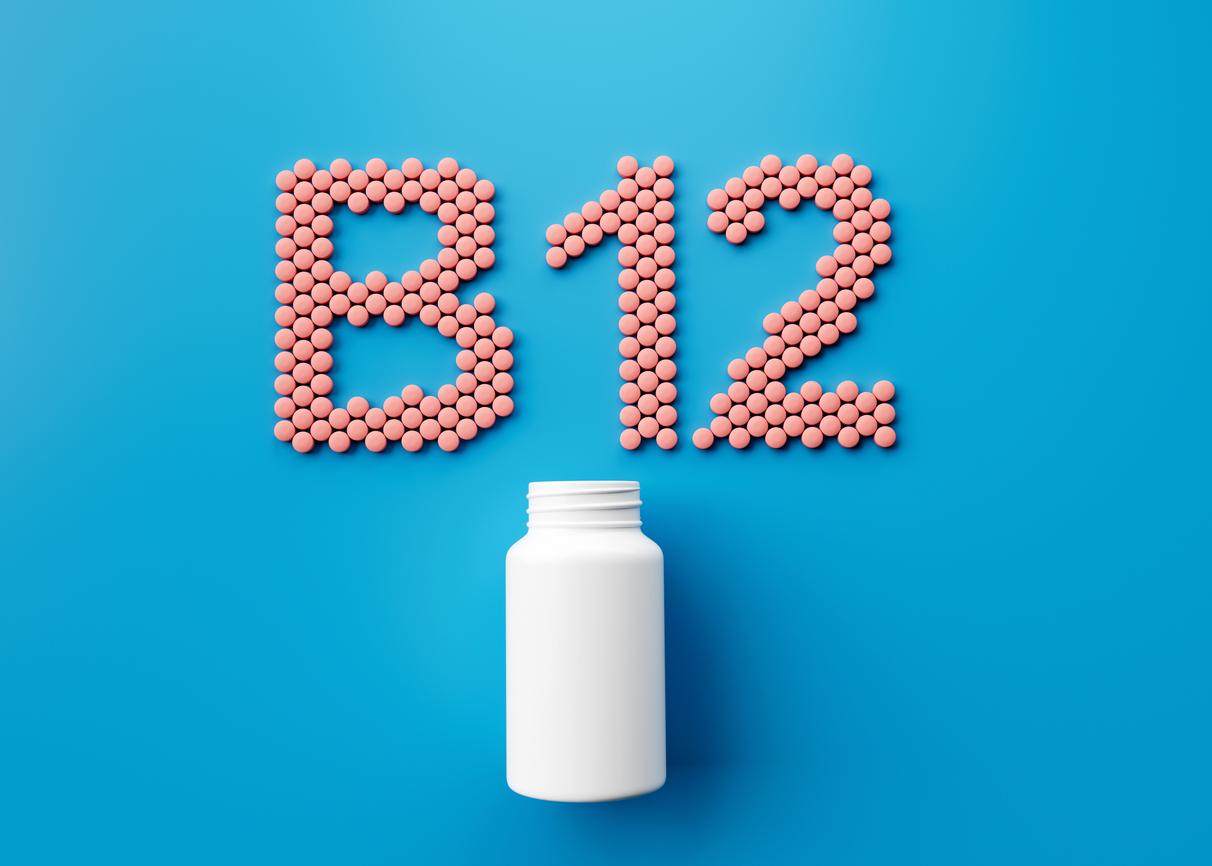According to a Russian study presented at the World Congress of Neurology, transcranial magnetic stimulation would help stroke victims to recover motor skills.

Transcranial magnetic stimulation is useful in helping people who have had a stroke. According to a Russian study presented at the last World Congress of Neurology in Vienna, this non-invasive technique, which consists of stimulating certain areas of the brain with magnetic waves, could help recover motor skills and limit pain.
In stroke victims, activity in the affected hemisphere is disturbed not only by the damage from the stroke itself, but also by the reaction of the unaffected hemisphere, which tries to limit the damage. .. This limiting effect, although beneficial at the initial stage after a stroke, can then be harmful because it interferes with the ability of the brain to recover its functional qualities. Repetitive transcranial magnetic stimulation is believed to help the affected hemisphere repair damage from stroke, while reducing the limiting effect on recovery caused by the undamaged hemisphere.
To verify this, the team of Prof. Alexander Chervyakov, of the Moscow Academy, conducted a controlled and randomized study on 22 people who had suffered an ischemic stroke for a duration varying from 8 days to 3 years. With this work, the researchers compared the effectiveness of the technique against a placebo, and assessed the safety and tolerability of repetitive transcranial magnetic stimulation as rehabilitation therapy.
The 22 patients were distributed randomly between four groups: the control group, a group whose unaffected hemisphere was treated with low-frequency stimulation (1 Hz) for 20 minutes, another whose affected hemisphere was treated by high frequency stimulation (10 Hz) for a few seconds, ten times with an interval of ten minutes, and a final group which received the combination of the two stimulation techniques.
According to the results presented at the World Congress, those who received both the low frequency stimulation of the healthy hemisphere and the high frequency stimulation in the affected hemisphere had a significant recovery in motor skills. In these people, the researchers also observed an improvement in the activities of daily living.
However, these treatments caused headaches in 24% of the patients. If the authors of this work called for new research on this technique, they felt that it could be indicated for stroke victims who are not very sensitive to conventional rehabilitation.
Recall that transcranial magnetic stimulation has been studied in the treatment of many pathologies, including depression, tinnitus and movement disorders.
.

















